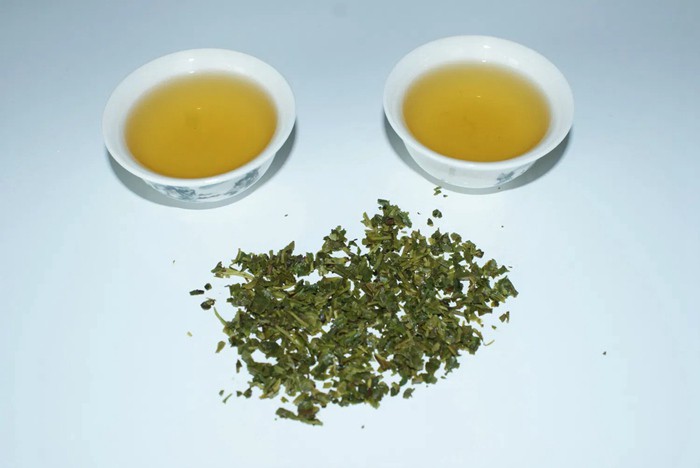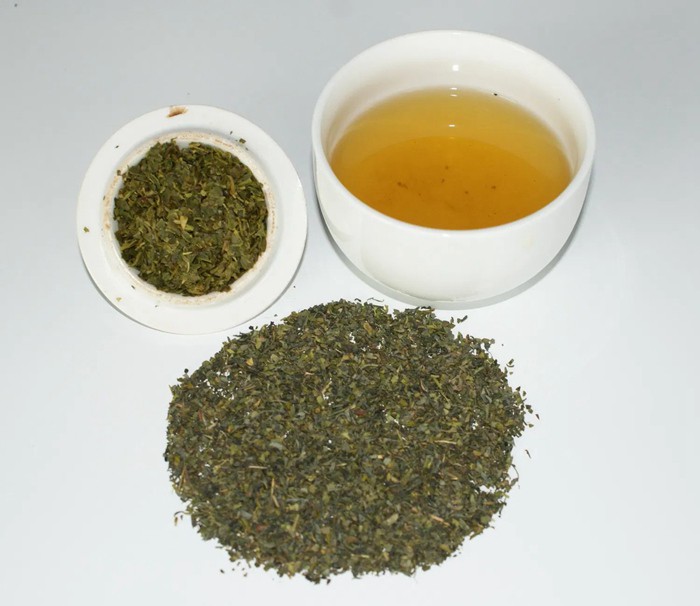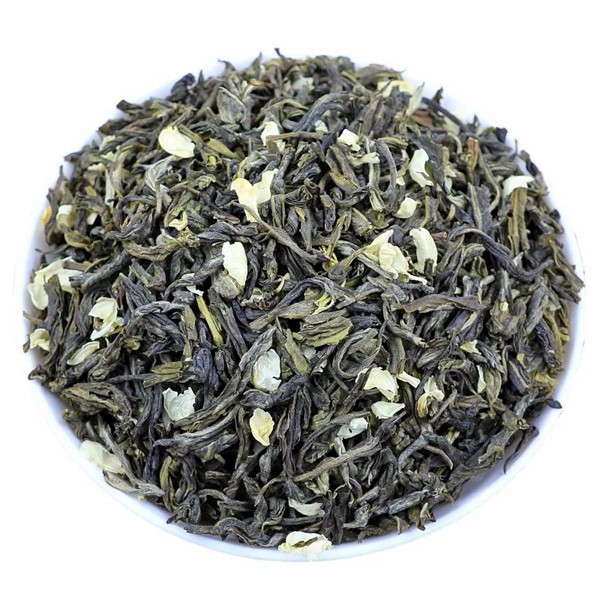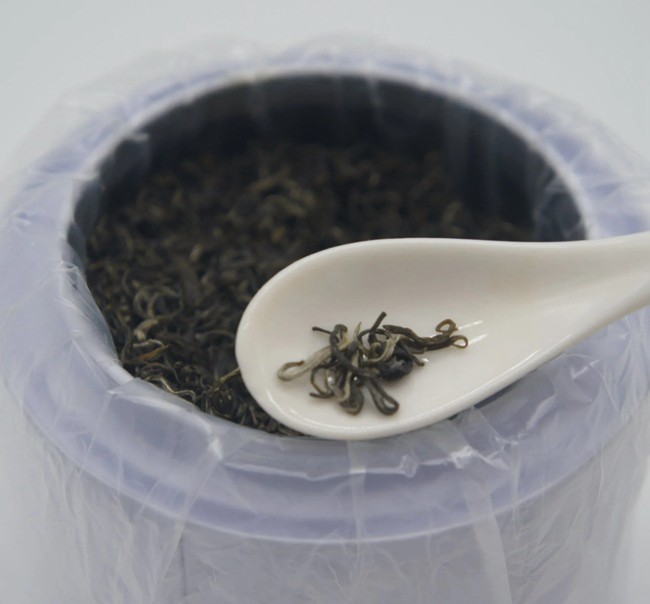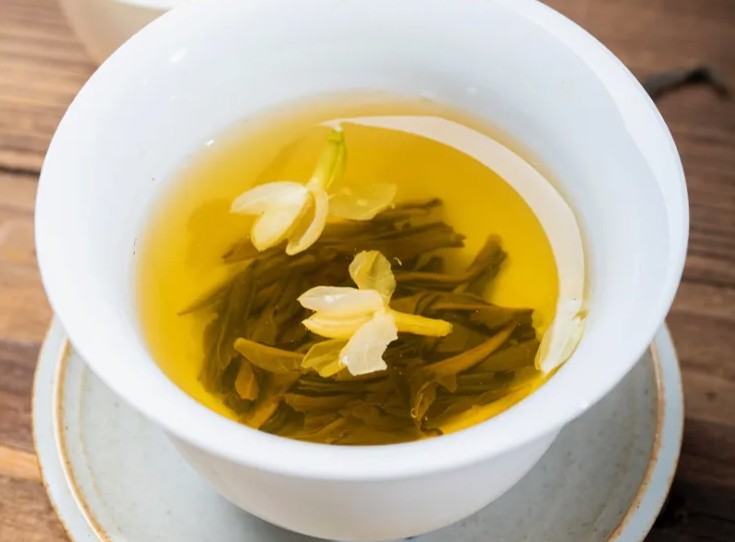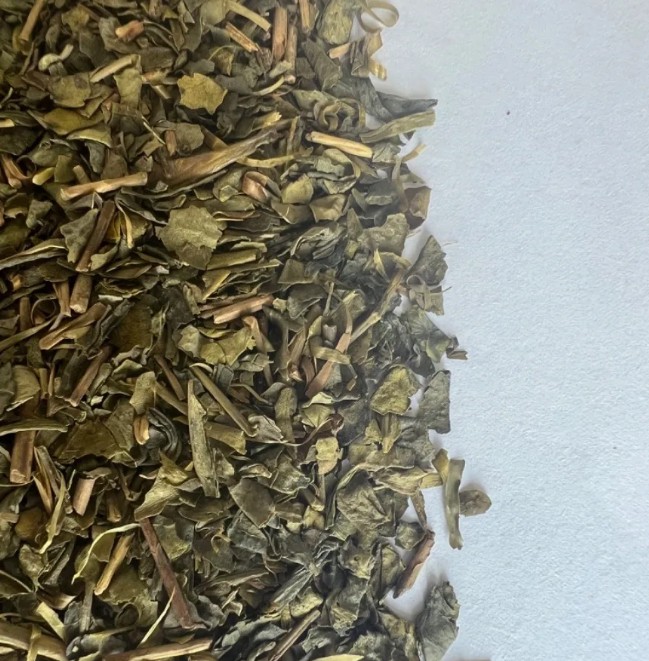What is green tea? How to distinguish and taste green tea?
Product description
While terroir births tea, processing writes its destiny. Green tea’s essence lies not in a single flavor but in a dramatic race against time—a global saga of heat, speed, and human ingenuity to preserve a leaf’s vibrant spirit. Forget "just grassy"; this is a story of terroir transformed by fire, steam, and sun.

The 72-Hour Race: Capturing Freshness
Green tea’s defining act—preventing oxidation—unfolds within hours of harvest:
Japan: Leaves are violently steamed (40–200 seconds) within hours, locking in electric green color and marine umami.
China: Wok-firing (龙井 Lóngjǐng) or oven-baking (黄山毛峰 Huángshān Máofēng) at 200–300°C creates toasty, nutty depth.
Korea: Gentle steaming followed by roasting builds complex layers—forest floor meets roasted grain.
Himalayan (Nepal/India): Sun-drying under thin air intensifies floral sharpness.
This thermal shock halts enzymatic betrayal. Delay = darkness.
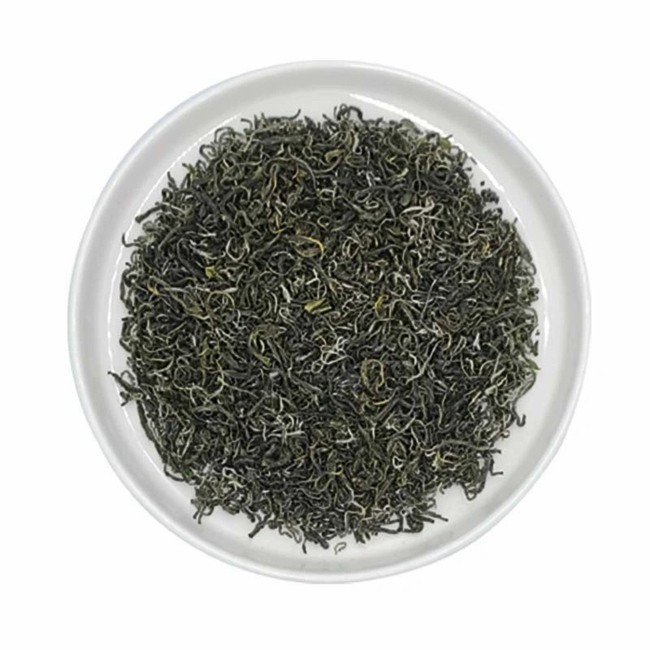
Beyond Catechins: The Unsung Chemistry
While EGCG dominates headlines, green tea’s magic lives in synergies:
Sun-Foraged Volatiles: Japanese kabusecha (shade-grown) develops hauntingly sweet S-methylmethionine.
Roast-Derived Nuances: Chinese wok-firing generates pyrazines—those addictive toasted rice whispers.
Mineral Alchemy: Volcanic soils (Jeju Island) infuse zinc/selenium, sharpening finish.
Industrial vs. Artisan: A Gulf in the Cup
Mass-market greens often betray the craft:
Industrial: Machine-rolled, hot-air-dried leaves brew hollow, astringent liquor.
Artisan: Hand-fired in small batches (e.g., Longjing’s "Imperial Wok"), where masters "listen" to leaf moisture. The difference? Like comparing factory bread to sourdough levain.
Climate Crisis: The Quiet Threat
Rising temperatures force adaptation:
Japan: Shading periods extended to preserve umami as seasons shift.
China: High-elevation gardens (1,800m+) now prized as lowland teas lose acidity.
New Terroirs: Scotland, Canada experiment with greenhouse-grown greens.
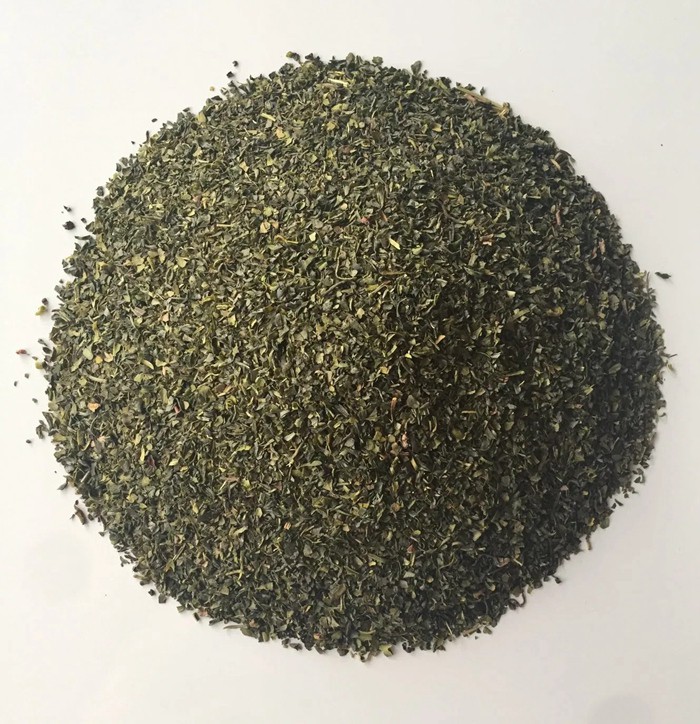

Q: Why do some green teas taste fishy? Is that normal?
A: Fishiness signals processing failure! Often from:
Low-quality bancha leaves steamed too slowly
Bacterial growth during delayed drying
Contaminated storage. Avoid it.
Q: Can green tea be "too fresh"? Should I rest it like oolong?
A: Shockingly, yes. High-grade Japanese shincha (first flush) needs 2–4 weeks post-processing for harsh volatiles to settle. Pan-fired Chinese teas, however, peak immediately.
Q: Why does matcha clump, while sencha stays loose?
A: Particle physics! Matcha’s stone-ground particles are 5–10 microns—small enough for Brownian motion (random collision). Sencha’s 1–2mm needles lack this electrostatic chaos.
Q: How does roasting level change health benefits?
A: Deep roasting (e.g., hojicha) degrades catechins but creates melanoidins—antioxidants linked to anti-diabetic effects. Lighter steams preserve EGCG. Choose your fighter.
Q: Is "double-steamed" green tea marketing hype?
A: Not in Japan! Fukamushi (deep-steamed) sencha endures 2–3x longer steam, shattering cell walls for:
Lower astringency
Silky texture
Faster brewing
But delicate aromas fade—trade-offs exist.

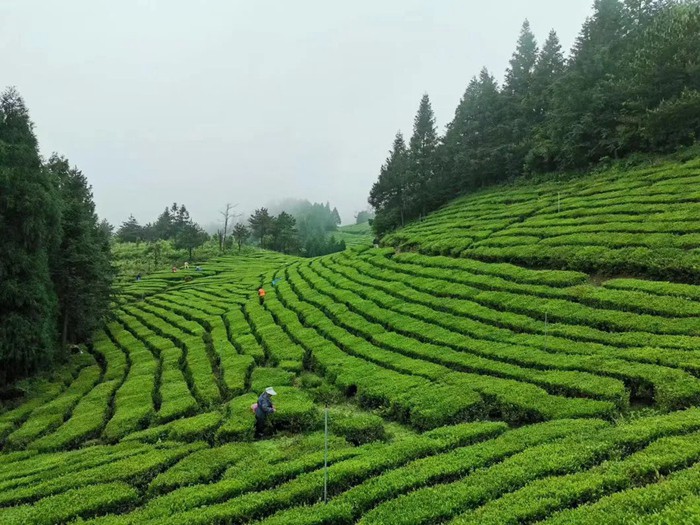
Recommended products
